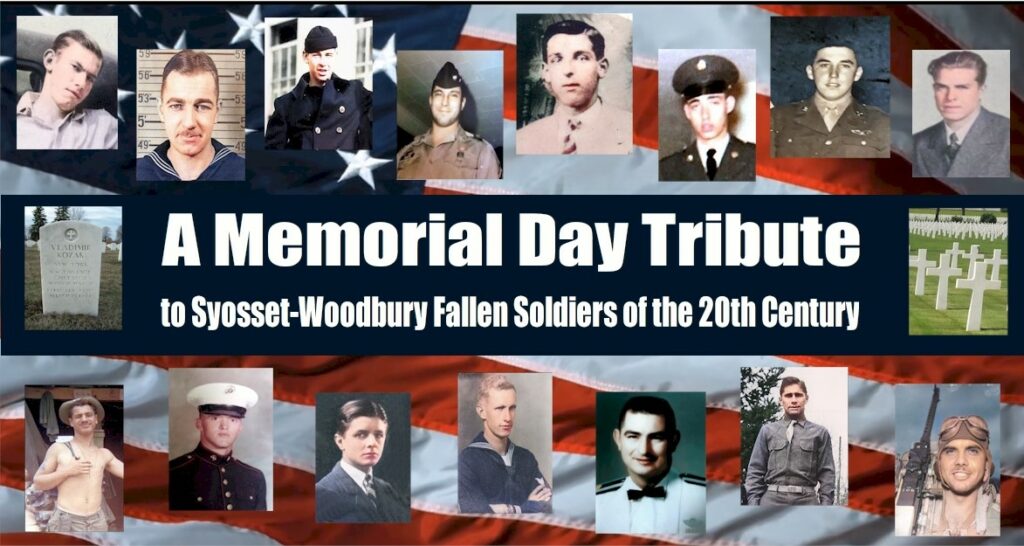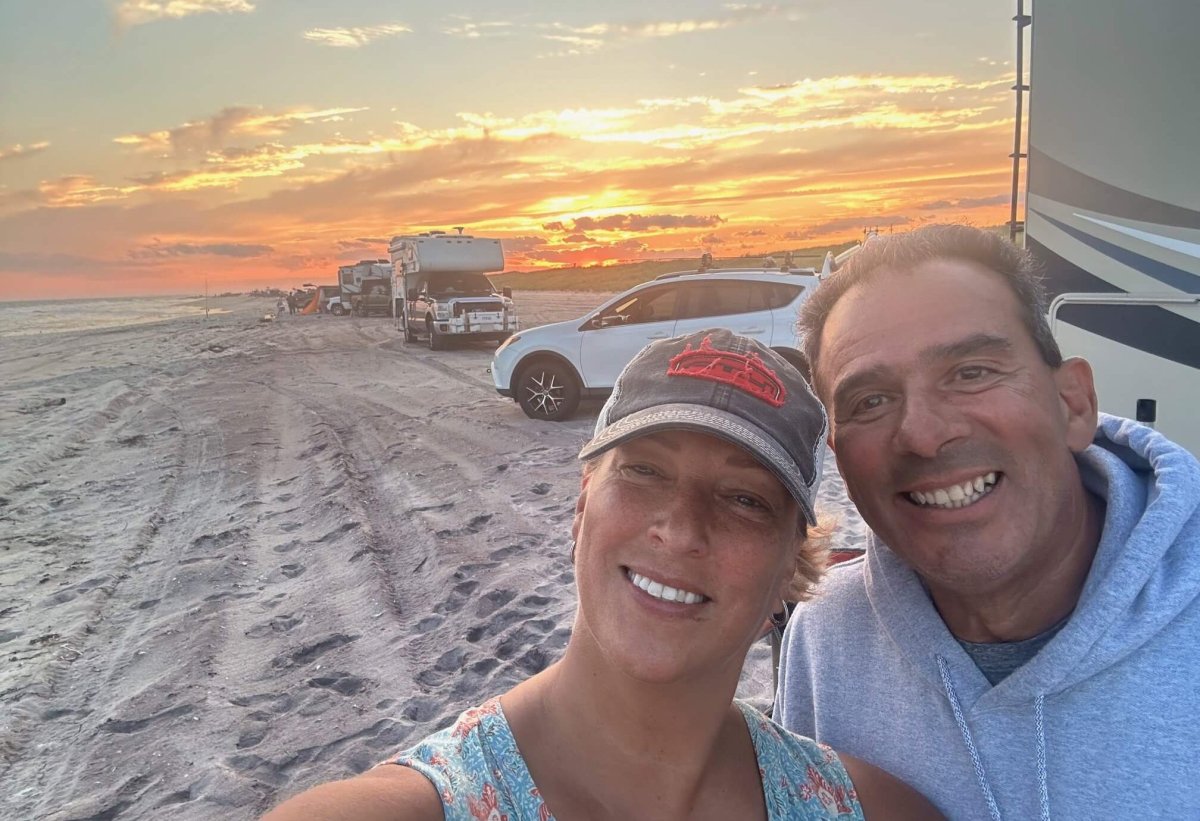By Tom Montalbano
editors@antonnews.com
This is the second part of a series honoring 21 young men from the Syosset-Woodbury community who lost their lives in three wars that defined the past hundred years.
World War II (1939-1945):
Scores of Syosset-Woodbury men and women contributed to the war effort, whether as foot soldiers, sailors, pilots, nurses, or homeland defense volunteers. Tragically, 14 young Syosset-Woodbury men lost their lives.
The following will discuss seven of these men. The additional seven will be focused on in the May 24 issue.
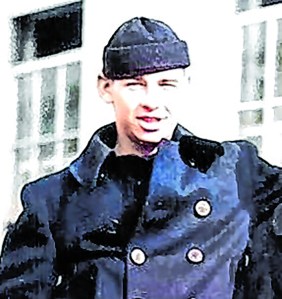
FFC Clement Zgliszewski, US Naval Reserve
Zgliszewski served in the Naval Reserve as a Fireman First Class, maintaining equipment in the engine room of the USS Juneau, a light cruiser that operated primarily in the Pacific Theater. On Nov. 13, 1942, the Juneau, while engaged in the late-night Battle of Guadalcanal off the Solomon Islands, suffered a hit by Japanese air fire and, in retreating, took a fatal blast from a Japanese-fired torpedo. The explosion tore the SS Juneau in half and sank it in less than 20 seconds, sending hundreds of sailors to their immediate deaths or into the cold, shark-infested ocean. Six-hundred-eighty-seven men, including 21-year-old Clemmy, perished. Zgliszewski is memorialized at the Manila American Cemetery in the Philippines.

PVT William A. Gilks, US Army
Spinal meningitis, a deadly infection of the fluid and membrane around the brain and spinal cord, posed a significant threat to soldiers in the Second World War. For at least one local serviceman, the disease proved fatal.
Gilks received a draft notice. Deferred until after his high school graduation, 19-year-old
Gilks reported for duty at Mitchel Field on Dec. 8, 1942 and was immediately transferred to a base in upstate New York for training. Less than a week later, he received a call stating that his mother had suffered a serious stroke and wanted to see him. Gilks immediately secured a leave of absence. Somewhere along the way, Gilks began to feel ill, and by the time he reached Woodbury, his condition had significantly deteriorated. A doctor’s examination revealed that Gilks had contracted spinal meningitis, most likely from the military base. Four days later, Gilks succumbed to the disease. He is buried at the Long Island National Cemetery in Farmingdale.
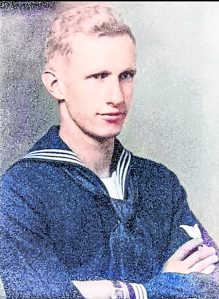
Graham W. Baylis, US Merchant Marines
Baylis enjoyed a good life growing up in Woodbury. At 22, he decided to offer his seafaring skills and experience to the United States Coast Guard but was discharged a few months into his service because of poor vision. Determined to serve his country in some capacity, Graham immediately registered with the US Merchant Marines, a branch of the Armed Services that, in WWII, delivered personnel and military supplies to war zones around the world. On Feb. 3, 1943, shortly after marrying his college sweetheart, Baylis found himself in the engine room of the SS Dorchester, which was headed toward Greenland with 904 troops and civilians on board. Suddenly, five torpedoes launched by a German U-boat tore a huge hole in the Dorchester’s side, shutting down its engines and sending the crew scrambling toward lifeboats. Baylis, who was in the engine room at the time of the attack, likely died in the initial explosion, which ultimately sank the ship and sent 673 passengers to their deaths. He is buried at the Huntington Rural Cemetery.
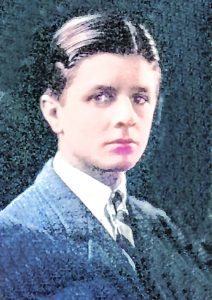
LT George Tiffany, Jr., US Navy
Tiffany Jr. grew up in St. Louis, MO and moved to Syosset in 1933, when he was in his mid-twenties. An Ivy League student and a relative of the prominent Tiffany family of Oyster Bay Cove, Tiffany Jr. heard Uncle Sam’s call during the war and was ultimately assigned to the gunboat St. Augustine, which served to safely escort military vessels out of New York Harbor. While leading a convoy bound for Guantanamo Bay late in the evening on Jan. 6, 1944, the St. Augustine collided with a merchant tanker, split in half, and sank within five minutes, just south of Cape May, New Jersey. The rough, wintry seas claimed 115 of the gunboat’s 145 passengers, including 37-year-old Tiffany Jr., who is buried at Forest Hills Cemetery in Suffolk, Massachusetts.
PVT Ceslaw Zdunek, US Army
Zdunek left Syosset on Feb. 9, 1943 to report for duty with the 141st Infantry Regiment/36th Infantry Division, a unit that would soon see a good deal of action on the Italian front. While details of Zdunek’s death are spotty, he is presumed to have been killed in action on Jan. 22, 1944 during an amphibious assault on the western coast of Italy in what became known as the Battle of Anzio. Twenty-one years old at the time of his death, Zdunek is buried in the Sicily-Rome American Cemetery in Lazio, Italy.
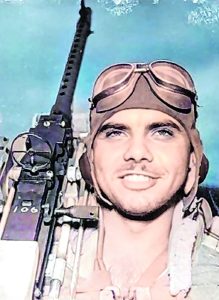
Sgt. Pasquale “Patsy” Pepe, Jr., US Army Air Corps
Twenty-two-year-old Pepe, Jr. had just enjoyed a chance reunion with his brother, Danny, also a service member, on New Year’s Eve of 1944 when he was assigned to fly a B-24H mission for the 737th Bomber Squadron, 454th Bomber Group off the coast of Sardinia, Italy on Feb. 4, 1944. At some point during the mission, Pepe, Jr.’s bomber was either shot down or experienced a mechanical failure over the Mediterranean Sea, and he went missing in action. Patsy’s body was never recovered, but he is memorialized at the Sicily-Rome American Cemetery in Lazio, Italy.
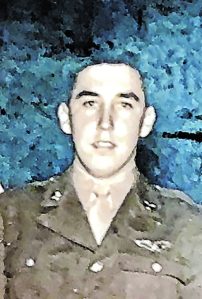
Sgt. Robert M Hendrickson, US Army Air Corps
Twenty-year-old Robert Hendrickson served as a Gunner with the 480th Bomb Squadron, 336th Bomber Group from Lake Charles Army Airfield. On the night of March 1, 1944, he and six other airmen were conducting a training mission in their B-26C Marauder twin-engine bomber over the Gulf of Mexico when the aircraft crashed seven miles south of Grand Chenier, Louisiana. All seven airmen, including Hendrickson, died. He is buried at Holy Rood Cemetery in Westbury.



